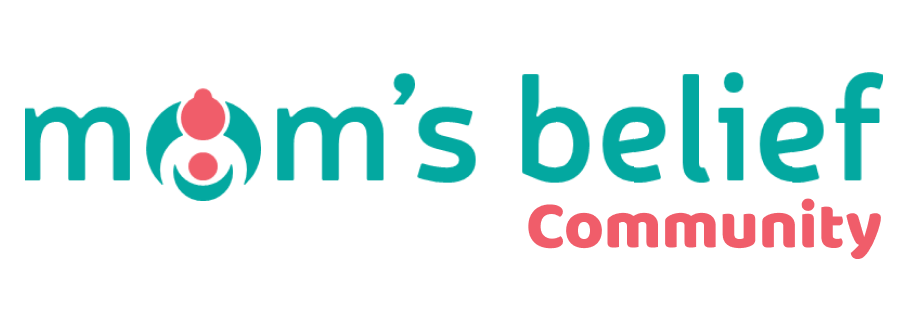As a parent, you want what’s best for your child. When you discover that your child is neurodivergent and could benefit from specialized support, it can feel like you’re embarking on a journey into uncharted territory. One path that many families choose to explore is the Family Support Program (FSP). This invaluable resource can provide tailored assistance and guidance for both you and your child. Navigating the FSP process may seem daunting, but with the right approach, you can ensure a smoother and more effective experience.
Step 1: Enrollment in the Program
The first step is often the hardest – reaching out and enrolling in the Family Support Program. It’s essential to start this journey early, as early intervention can significantly impact your child’s development. Don’t hesitate to seek help when you suspect your child might benefit from FSP’s services.
Step 2: Case History & Child and Family Assessments
This is a pivotal phase of the FSP process. During this step, a comprehensive assessment is conducted not only on your child but also on your family’s dynamics and unique circumstances. Here’s what you can expect:
Child Assessment: The FSP team will assess your child’s developmental needs, strengths, and areas where they require support. This assessment considers various aspects, such as communication skills, motor skills, and social interactions. Be prepared to answer questions about your child’s behavior, likes, dislikes, and any developmental milestones they may have reached.
Family Assessment: Understanding your family’s dynamics, values, and goals is crucial. The FSP team will seek insights into how your family functions, what resources you have, and what challenges you face. This assessment helps tailor the support provided to ensure it aligns with your family’s needs.
Be open and honest during this process, as it forms the foundation for creating a personalized plan that will benefit both your child and your family. These assessments aim to provide a holistic view, enabling the FSP team to develop interventions and strategies that work best for your unique situation.
Step 3: Family Needs Plan (FNP) and Individualized Family Service Plan (iFSP)
Collaborate closely with the FSP team to develop an FNP and iFSP tailored to your child’s unique requirements. Set clear, achievable goals for your child’s development, and ensure the plan aligns with your family’s values and needs.
Step 4: Alignment of TDLK
The integration of TDLK (Therapeutic Developmental Learning Kit) is a crucial step. Work with the FSP team to ensure that the tools and interventions align with your child’s goals and needs. You’ll receive guidance on how to use these tools effectively.
Step 5: Clinical Delivery
Expect a team of professionals, including clinicians, therapists, and educators, to work with your child. Embrace this collaborative approach, share your insights, and be open to their expertise. Together, you can implement the interventions and support outlined in the iFSP.
Step 6: Continuous Progress Tracking and Feedback Process
Throughout your journey with FSP, maintain detailed records of assessments, interventions, and progress reports. This documentation helps track your child’s development and informs decisions about adjusting goals and interventions.
Remember, you are your child’s greatest advocate. Your voice and insights are invaluable during the FSP process. Be patient, celebrate small victories, and connect with other parents for support. And never forget to prioritize self-care; it enables you to be a more effective advocate and caregiver.
Navigating the FSP process might seem complex, but with these tips and a supportive team by your side, you can provide your child with the best possible support. Remember that you’re not alone on this journey, and your dedication and love are powerful forces in your child’s life.




